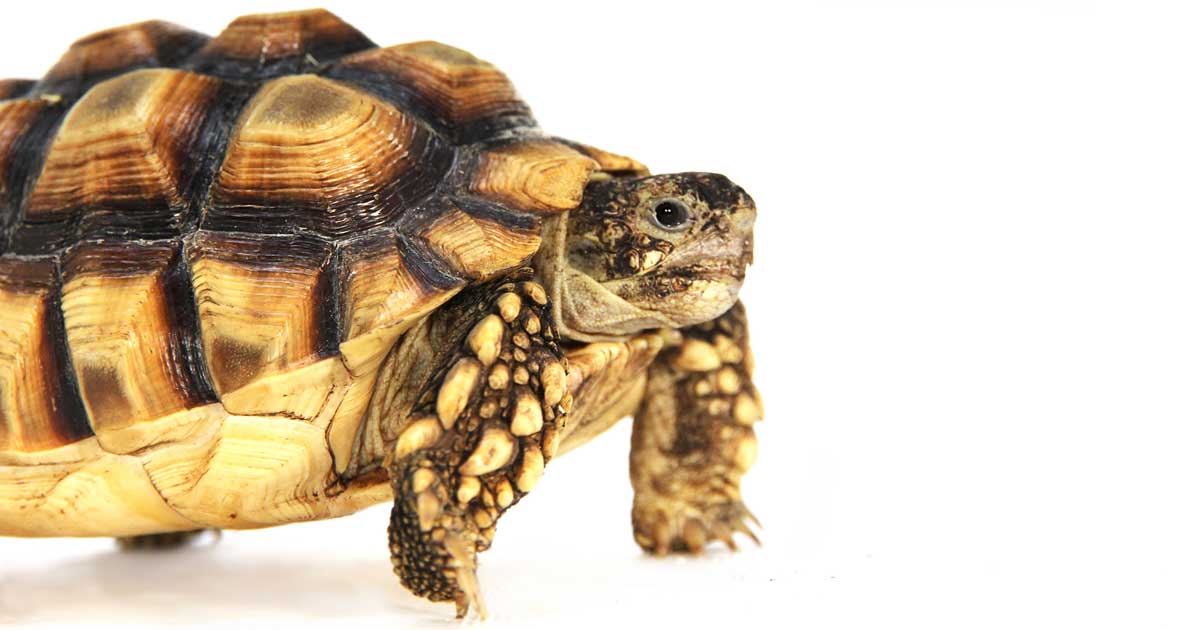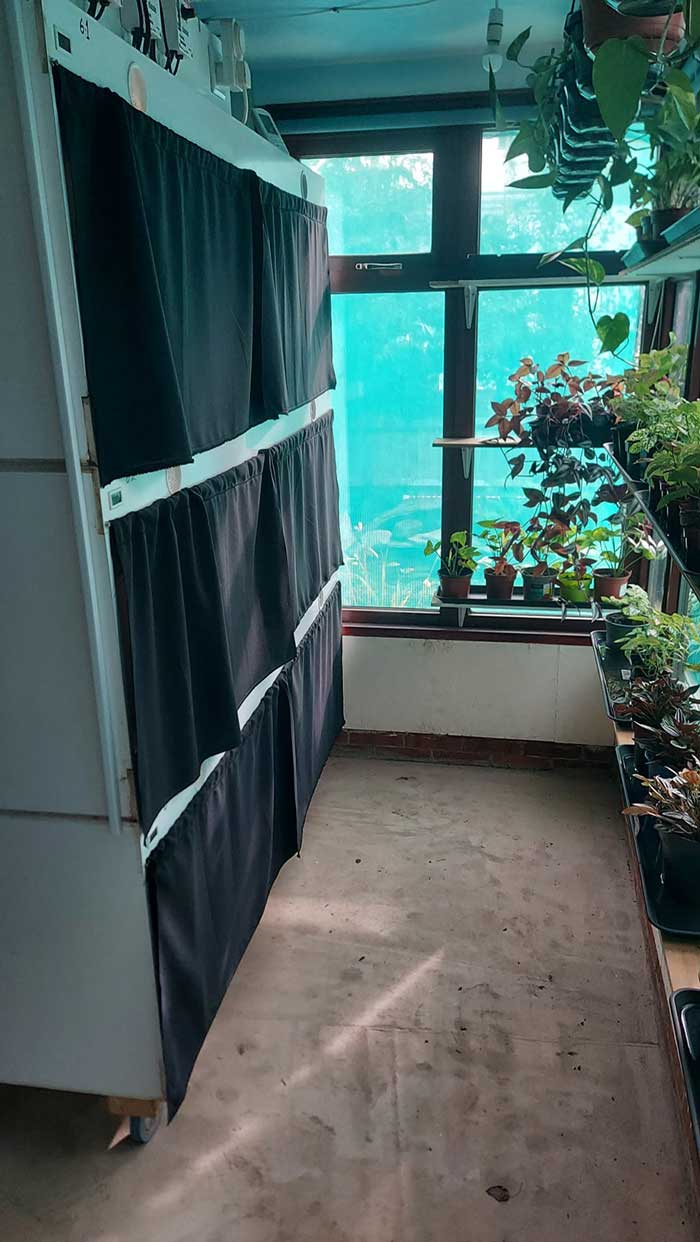9 Jan 2023
As the cost of living crisis bites for many pet owners, this month, Matt provides some tips and hints to pass on to them about keeping reptiles in an energy-efficient way.

African spurred tortoise.
The veterinary professions are changing all the time and veterinary nursing is growing both in numbers (with more than 22,000 qualified now on the register) and in recognition.
As chair of the RCVS VN council, I was invited to speak about the legislative reform (which includes the writing of a new veterinary surgeons’ act) at the House of Lords – this was a huge honour and it is reassuring that the profile of veterinary nursing is rising.
The BVNA has been gathering information about the protection of the title of veterinary nurse, something we all know is very much needed. Please get involved in this process, as everyone needs to do their bit.
In this masterclass, I thought I would give some tips and hints around keeping reptiles and other ectothermic pets in an energy-efficient way.
The price of energy is rising quickly at the moment and owners are starting to panic about whether they can afford to keep their pets, which is leading to an increase in animals being handed in for rehoming, or resulting in them being kept sub-optimally and having their health and welfare compromised. As veterinary nurses, we are well placed to advise owners on how they can keep their beloved pets well, with minimal energy use.

Something nurses can really help with is advising owners to not buy tropical species that require lots of heat all year round.
Often, these species are cheap to buy, but maintaining them in an optimal set-up in the UK year-round can be expensive; for example, leopard and African spurred tortoises (also called the sulcata tortoise), and spiny-tailed lizards (Uromastyx) are all species that require huge amounts of heat and UV light. During our UK winter, this is hard to do without using up large amounts of electricity.
When it comes to snakes such as boas and pythons (Boidae), they generally require more heat than most rat and king snake species (Colubridae).
Generally, reptiles and amphibian species from North America are not expensive. If the species requires UV light, having this light on 12 hours a day costs energy, too – not a huge amount, but if we are encouraging owners to go for species with more affordable maintenance costs, avoiding species that require UV is likely to be sensible.
It has puzzled me for years as to why some owners buy a tropical species as a pet and then put it in the coldest part of the house.
Trying to maintain a tropical lizard (or tropical fish), or indeed a parrot, in a conservatory or an outside shed is impossible in my experience (or, at best, extremely expensive). These areas are often draughty and damp, and therefore, not suitable, so we need to discourage owners from selecting these areas to keep their pets.
Ideally, these pets should always be in an area that the owner/family spends the most time in – this is good on many levels as it is enriching for both the pet and owners alike, and allows owners to observe their pets better. The only caveat to this, for me, is if the owners are smokers, as we know passive smoking has a negative effect on the health of birds and it likely does for other pet species, too.
Skimping on equipment when setting up enclosures is a very common and bad thing, both in the short and long term.
I get so disappointed, frustrated and confused when presented with an owner who has bought a great species for a couple of hundred pounds, such as a panther chameleon, and then bought an enclosure that is not in any way suitable, to save money.

Cheap heating and lighting equipment is cheap for a reason. It is often poor quality and has an increased energy inefficiency when compared to better products. Thermostats are a good example of this, and in my opinion, all heat sources should be controlled by a suitable thermostat. To do anything else will waste energy and increase daily costs, and the same is true of reptile heat sources and lighting.
The use of LED lights in aquaria and vivaria is becoming more popular, as they are very energy efficient and cheap to buy, but currently not available in a form that emits UV light, so are not suitable for species that require UV light.
Feeder insects are not cheap and money can be saved by looking after them well. Give the insects suitable food and water (being careful to avoid drowning), and in the case of locusts, providing them with some heat (keeping them on the top of the enclosure can often be enough) provides them with better welfare, and so they will stay alive longer and be usable as food for longer (while also being more nutritionally sound for the animal they are being fed to).
Caged birds traditionally have always been put to bed at night, meaning their cages get covered with a towel or small blanket to provide them with subdued lighting and reduce draughts. I think we should also apply this to reptiles, amphibians and fish, but it needs to be done carefully, always being mindful of the fire risk.
I have used curtains on the front of large vivaria previously, closing them at night. The glass doors of wooden vivaria lose a lot of heat and this can be reduced with a little investment in some curtains.
Keeping exotic pets has lots of well-being benefits to their owners during these difficult times, but I am saddened to hear talk of a predicted flood of pets being handed in to rescue centres due to concerns of costs. The costs of keeping these species are not expensive if done well; we just need to work smart.
I would love to hear your cost-saving methods for yours and your clients’ pets, so please email them in to me at [email protected]
This quarterly column brings with it an opportunity to ask Matt all your burning questions – from unusual presentations you need help with, to career queries, advice for life in practice or any other nursing conundrums. Questions will be answered on this page every three months and also feature on vettimes.co.uk
Email your questions to [email protected] and copy in VN Times editor Lacey Pitcher on [email protected]
We can’t wait to hear from you.